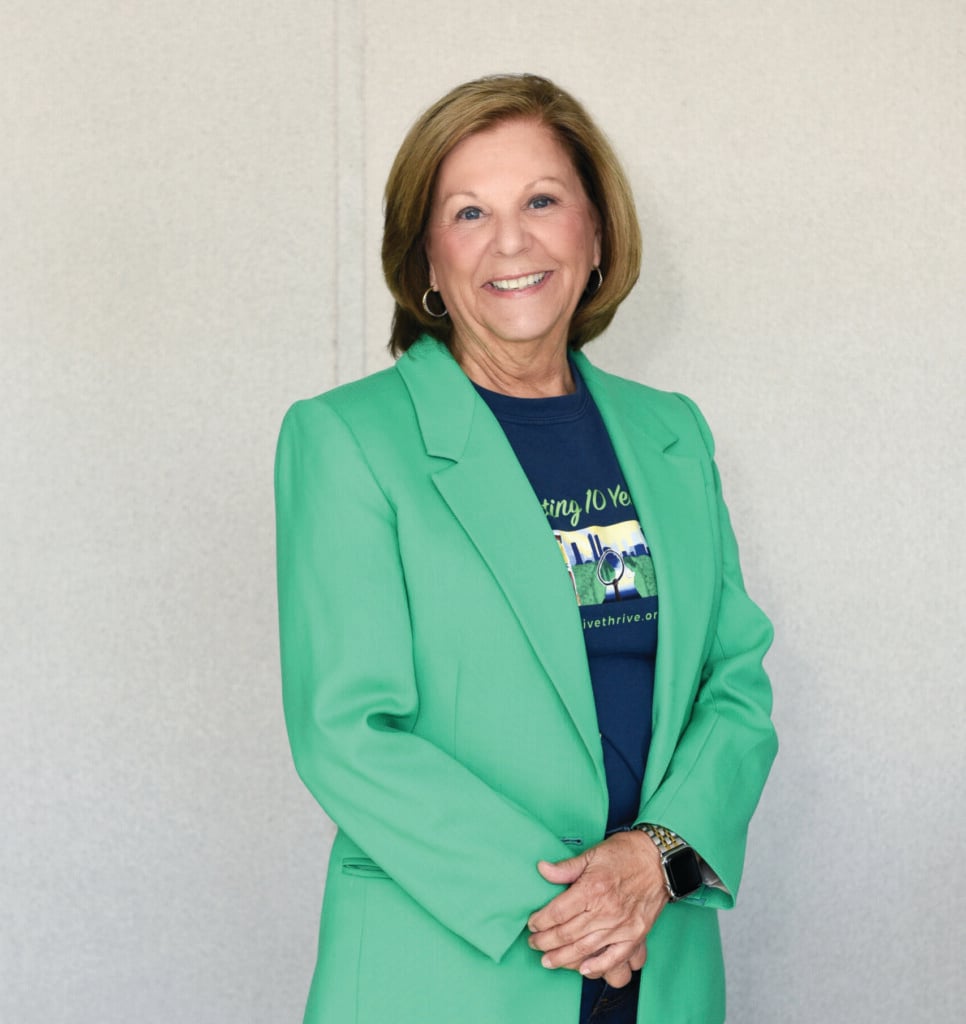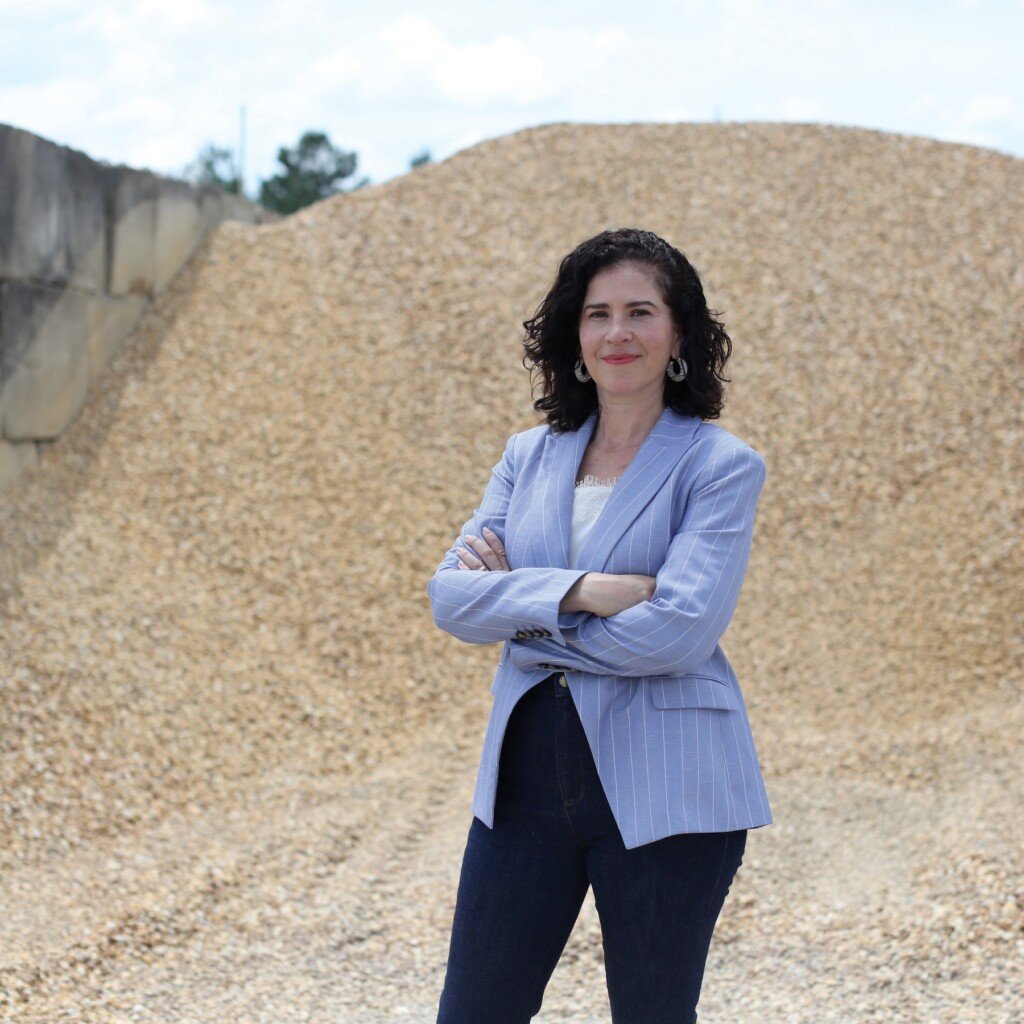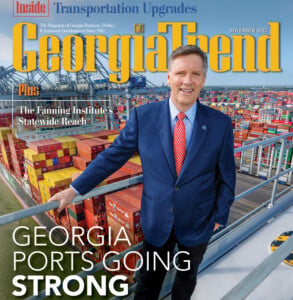Catching up with… Mark Burns
President, Gulfstream Aerospace
Burns, a Savannah native, has spent 40 years at Gulfstream, known globally for its business jet aircraft. An engineer by training, he has led the state’s largest manufacturer (based on number of employees in Georgia) since 2015, as the company has experienced phenomenal growth around the world. These are edited highlights from an interview.
Give us your elevator pitch on Gulfstream.
We build the finest aircraft in the world to allow our customers to change the world. It’s the highest quality aviation product for people who really have an impact on the world that we live in.
What is your best seller?
Quarter to quarter it changes. Some quarters it’ll be a G650 as the biggest seller, and the next quarter it may be the G700. We’re fortunate that we’ve been able to invest in an entire family of airplanes, which give our customers options for their different missions.
Tell us about the new planes you’re rolling out, the G700, G800 and G400.
This is a journey that we started in 2014, to come up with airplanes that are more efficient, that perform better than the competition, [that include the] latest generation of fly-by-wire, the latest generation of engine technology. The fuel efficiency on G700 and G800 is about 20% more than its previous generation. We’ve developed a new, more productive cabin interior that helps passengers be more productive, but also rest well.
Is Gulfstream growing?
We are. Over the last 18 months, we’ve probably hired over 5,000 people. About 13,000 of
those employees, out of close to 20,000 total, are in Georgia. We’re growing in Savannah, as we increase the manufacturing of the new airplanes. We typically build between 150 and 175 airplanes a year. We probably have about 500 to 600 open jobs right now.
We also have one of the world’s largest service facilities in Savannah. If you come to Savannah on any given day, it looks a little bit like the United Nations. We have about 100 to 120 airplanes a day in for some type of service or upgrades. It is a very active business for us and about 20% of our overall gross revenue.
Tell us about Gulfstream’s commitment to sustainability.
This is something that has been very important to our company. We have tended to look at this holistically. How do we produce a more efficient airplane? How do we build more efficiently? And how do we allow our customers to operate more efficiently?
We were the very first airplane to fly across the Atlantic on sustainable fuel. We’re the first company to fly an airplane with 100% sustainable fuel.
We have automated our factories to reduce waste. We use less energy to build airplanes than we did just a decade ago. We use fewer resources now, even though we’re about 30% larger than we were a decade ago. We use right at 18% less energy than we did a decade ago to build airplanes. And we’re building more airplanes than we were a decade ago.
How are your planes sold? Are they each custom?
The basic airframe, the airplane that can fly, is a standard airplane. It is an FAA-certified configuration that we build the airplane to. What becomes more custom is when we start doing the interior of the airplane. We allow a great deal of variability with the airplane on the interior side. Our interiors are also certified with the FAA. So we do have some parameters that we have to stay within.
What’s on the horizon for Gulfstream?
The beauty of what our company has evolved to is we’re not only building new airplanes but building the infrastructure all around the world to support the airplanes and our customers. We have facilities we built recently in Europe. We built several new facilities here in the U.S. We’re building a new facility in Mesa, Arizona, as we speak. And we’re looking at other places around the world to continue to expand our operation.







